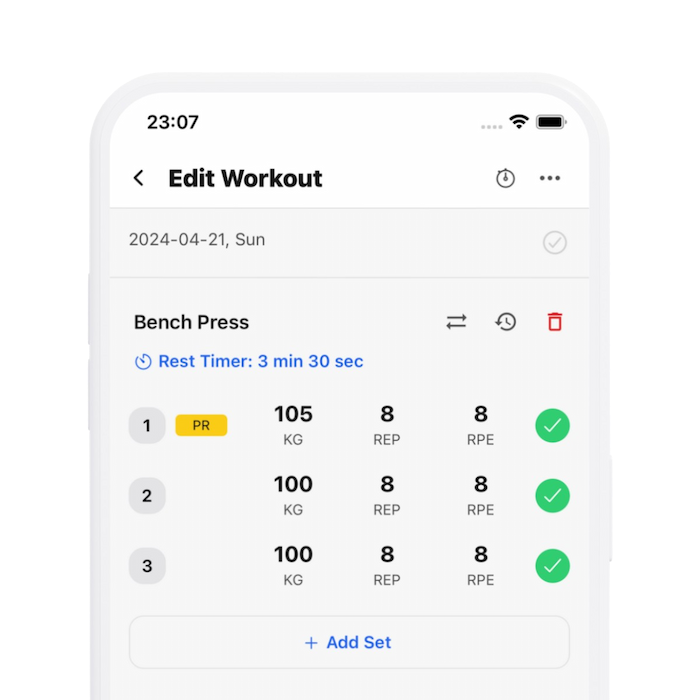30 Seconds SummaryThe Creatine Handbook: Everything You Need to Know from Dosage to Timi
- Creatine is an amino acid derivative popular among athletes for boosting strength and muscle mass, with a typical body synthesis rate of 1 gram per day.
- Supplementation can increase muscle creatine stores by about 20%, significantly enhancing strength and fat-free mass, notably through improved ATP replenishment during short, high-intensity activities.
- The typical dosing protocol includes a 'loading' phase of 20-25g per day for 3-5 days followed by a maintenance dose of 3-5g per day. Loading speeds efficacy but is not mandatory.
- Creatine has been studied extensively and is proven to be effective in increasing strength and muscle mass in conjunction with resistance training.
- It is also beneficial for cognitive function, showing potential in improving memory and processing speed, especially in vegetarians and older adults.
- Common forms of creatine include monohydrate, phosphate, and citrate, with monohydrate being the most researched and cost-effective.
- Creatine is considered safe for healthy individuals, with some concerns about potential renal stress in those with preexisting conditions.
- Enhanced effects can be obtained by consuming creatine with simple carbohydrates or protein, improving creatine retention in muscles.
- Some individuals ('non-responders'), might not experience benefits from creatine due to naturally high stores or genetic factors.
- Timing of intake might not be crucial, but post-workout supplementation is potentially more beneficial for muscle gains.
Renaissance Periodization
Tiago Vasconcelos, RP Research Editor
